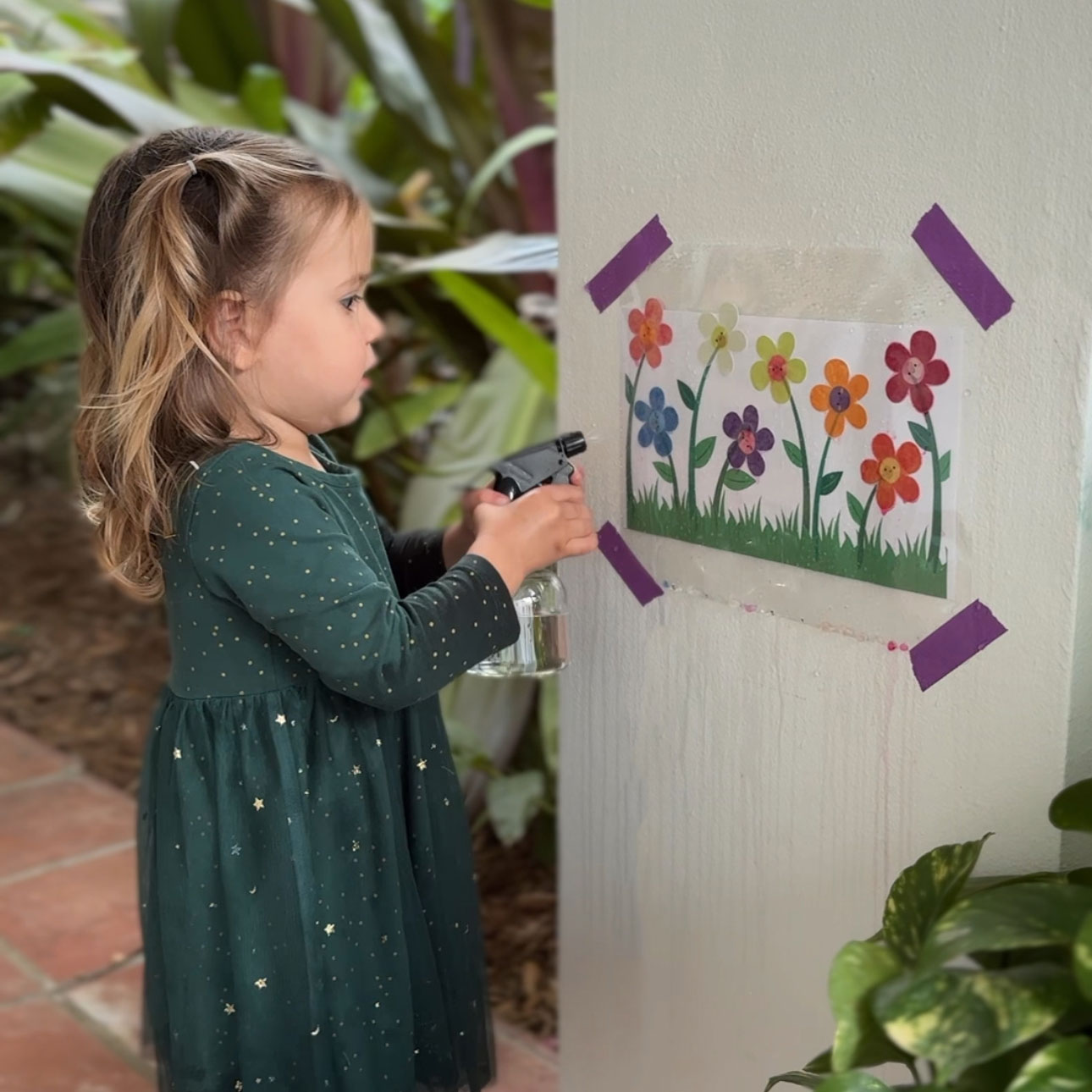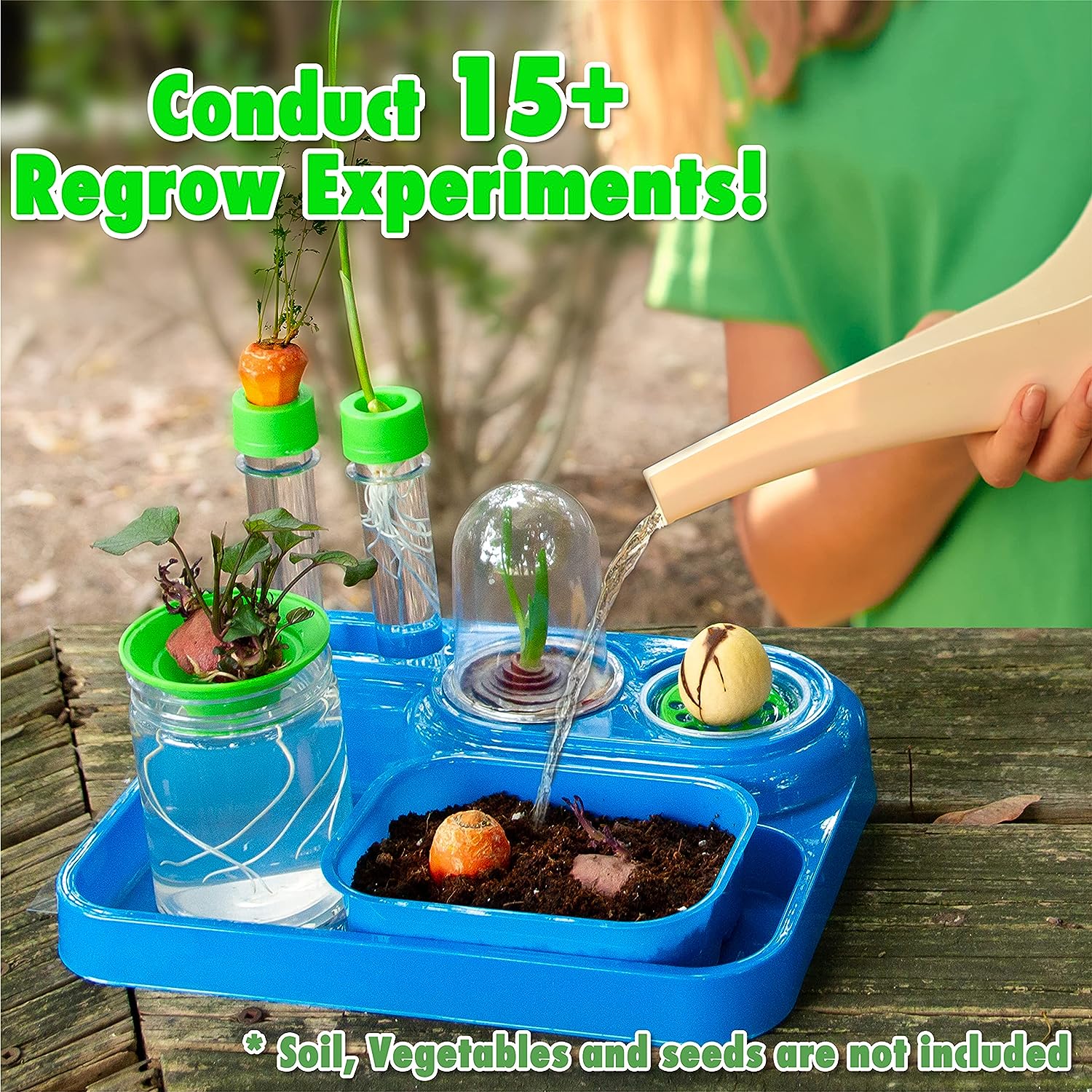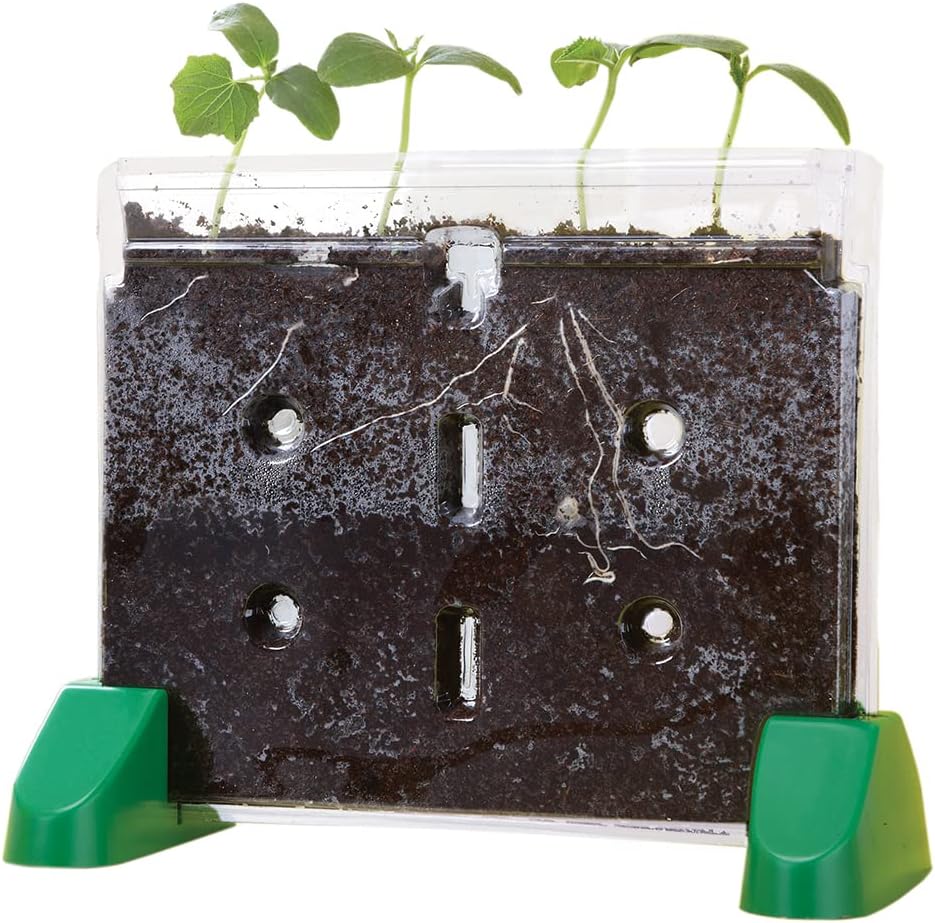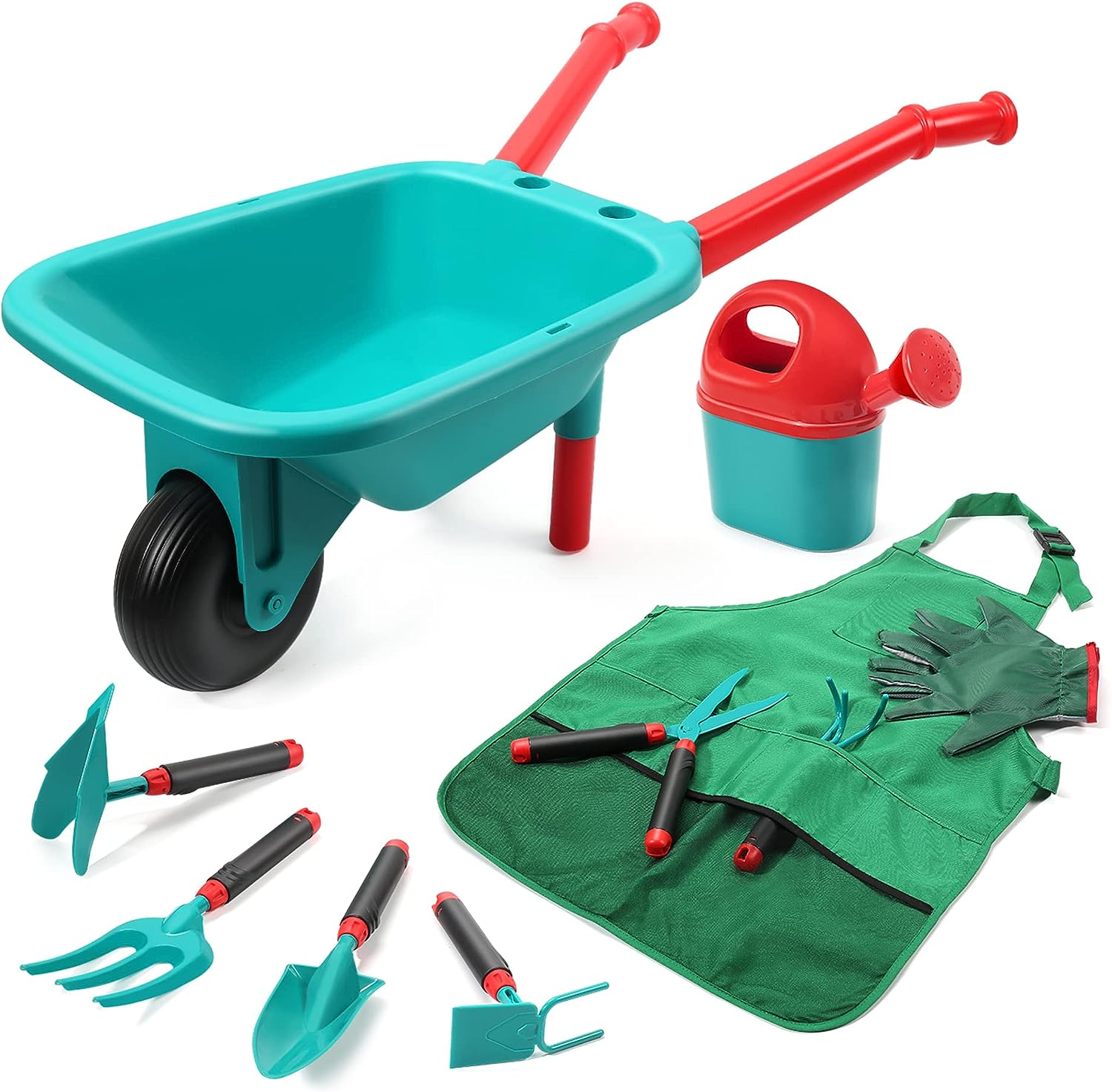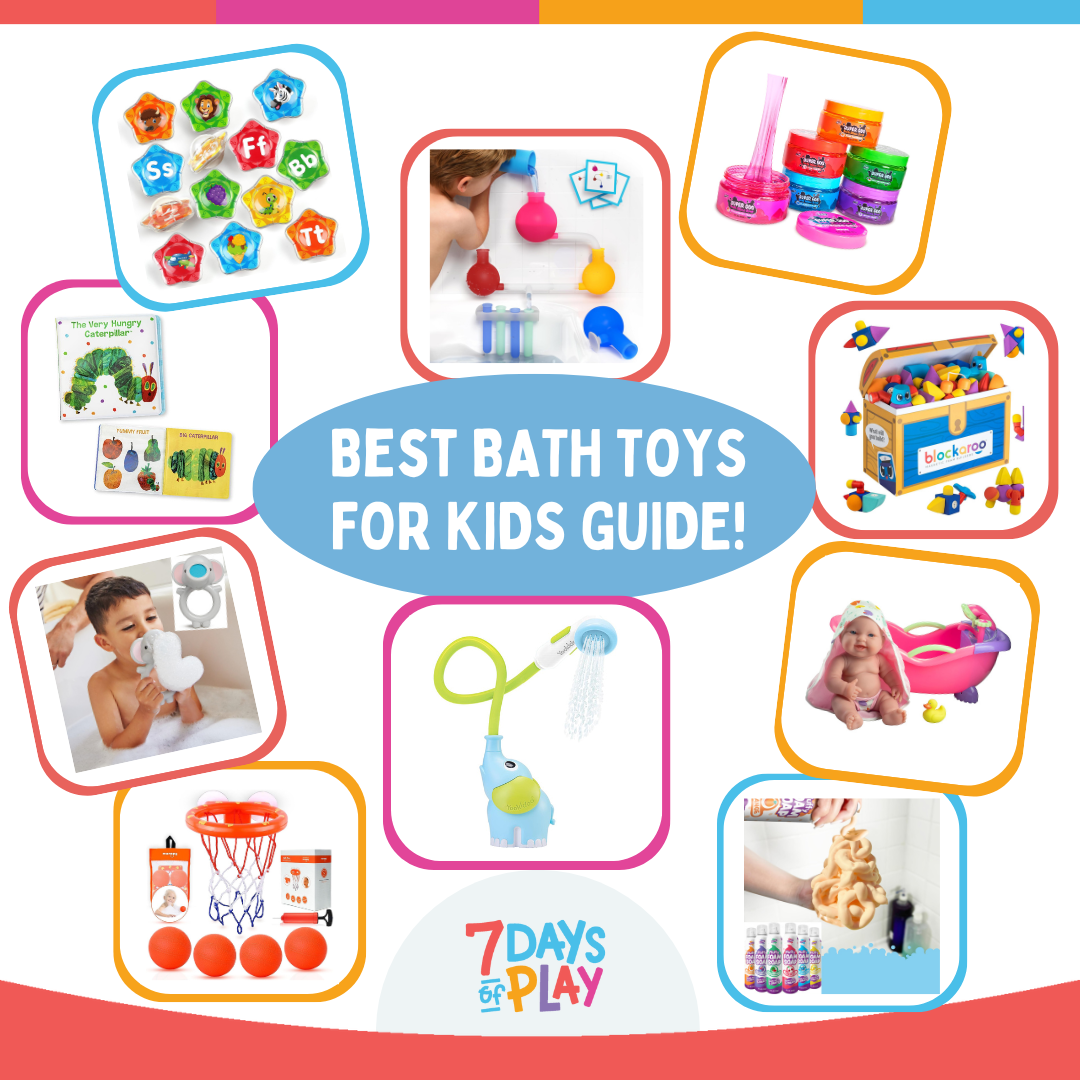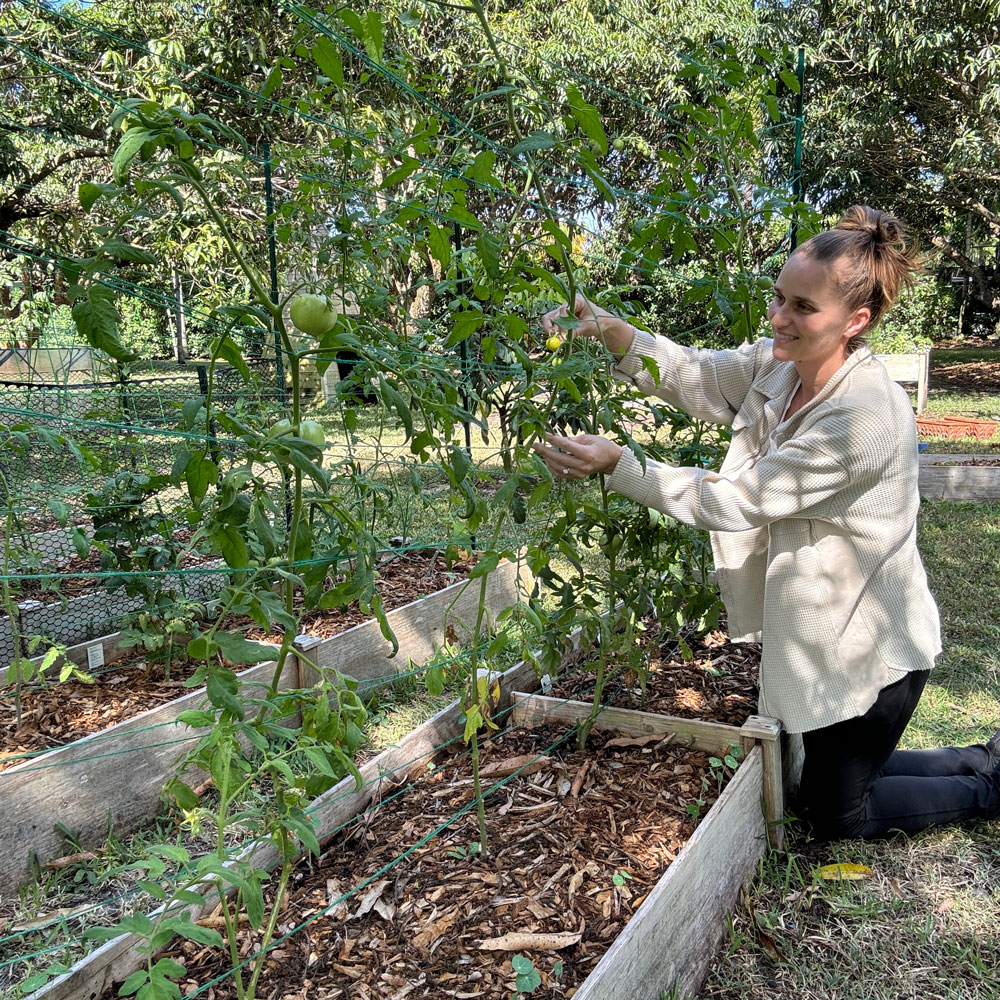Flower Activity for Preschoolers with Free Printable!
This flower activity is a fun way to learn about how flowers bloom while also strengthening fine motor skills while using a spray bottle! Get the free printable HERE!
A Twist on the Traditional Blooming Flower Activity!
The classic blooming flower experiment typically involves placing flowers in a dish of water, observing them slowly open over time. However, our new approach offers a unique twist where kids can strengthen even more skills!
First off, I like to set it up vertically, which helps to promote gross motor skills. Additionally, what sets this flower activity apart is the use of a spray water bottle, perfect for fine motor skill strengthening! As kids stand, their bodies will cross the midline as they spray the flowers from one side to the other, enhancing coordination and cognitive abilities.
All activities should be supervised by an adult. As an Amazon Associate I earn from qualifying purchases. This post may contain affiliate links.
Strengthening Fine Motor Skills with Spray Bottles in This Flower Activity!
Spray bottles aren’t just for watering real plants—they’re fantastic tools for refining fine motor skills in children. These skills involve coordinating small hand and finger muscles, crucial for tasks like writing and drawing. Here’s how spray bottles aid in this development:
1. Grip and Hand Strength: Squeezing the trigger of a spray bottle strengthens hand muscles and improves grip, essential for precise tasks.
2. Finger Coordination: Manipulating the trigger requires intricate finger movements, refining control and coordination.
3. Bilateral Coordination: Using a spray bottle encourages coordination between both hands, vital for activities like cutting and tying shoelaces.
4. Sensory Stimulation: The tactile feedback and sensory experience of spraying water engage multiple senses, fostering learning and motor development.
Incorporating spray bottles into activities, like our blooming paper flower activity, adds fun while honing essential motor skills in children.
Strengthening Fine Motor Skills with Spray Bottles in This Flower Activity!
Spray bottles aren’t just for watering real plants—they’re fantastic tools for refining fine motor skills in children. These skills involve coordinating small hand and finger muscles, crucial for tasks like writing and drawing. Here’s how spray bottles aid in this development:
1. Grip and Hand Strength: Squeezing the trigger of a spray bottle strengthens hand muscles and improves grip, essential for precise tasks.
2. Finger Coordination: Manipulating the trigger requires intricate finger movements, refining control and coordination.
3. Bilateral Coordination: Using a spray bottle encourages coordination between both hands, vital for activities like cutting and tying shoelaces.
4. Sensory Stimulation: The tactile feedback and sensory experience of spraying water engage multiple senses, fostering learning and motor development.
Incorporating spray bottles into activities, like our blooming paper flower activity, adds fun while honing essential motor skills in children.
Download and Print the Blooming Paper Flower Activity
We’ve made it easy for you to get started with our blooming paper flower experiment by providing a free printable stem template. Simply click here to download it and keep on reading below for step-by-step directions on how to set up the experiment and watch the magic unfold as you spray water and see the flowers bloom!
Choosing the Right Spray Bottle
When selecting a spray bottle for this flower activity, it’s essential to choose one that is easy for little hands to use. Some spray bottles may be challenging for young children to operate, leading to frustration and difficulty in participating fully. To ensure a successful and enjoyable experience, opt for a spray bottle with a trigger that is easy to squeeze and requires minimal effort to release the water. Click here to see the spray bottle set my two year old is able to use confidently.
Materials
Step-by-Step Instructions
Step 1
Download and print the template.
Step 2
Laminate the cover sheet for added durability.
Step 3
Cut out the flowers and fold the petals into the center of the flower.
Step 4
Attach the flowers to the stems using double sided tape.
Step 5
Fill a spray bottle up with water and encourage children to spray water onto the paper flowers and observe as they slowly open and “bloom” before your eyes!
Step 1
Download and print the template.
Step 2
Laminate the cover sheet for added durability.
Step 3
Cut out the flowers and fold the petals into the center of the flower.
Step 4
Attach the flowers to the stems using double sided tape.
Step 5
Fill a spray bottle up with water and encourage children to spray water onto the paper flowers and observe as they slowly open and “bloom” before your eyes!
What is the Classic Blooming Flowers Experiment?
If you enjoyed the blooming paper flower activity using the spray bottle method, consider exploring the traditional method as well. We have a different printable you can use for it – click HERE! Traditionally, paper flowers are placed in a dish of water, where they slowly open over time—a fun process to observe and learn from. This is a great option for children who may not be ready to use spray bottles yet and yet the activity still provides a hands-on experience for young learners to engage with the concept of blooming flowers. Whether you prefer the interactive spray bottle method or the traditional approach, there’s plenty of fun to be had with our blooming paper flower experiments!
The Science Behind The Blooming Flower Experiments!
The blooming paper flower experiment offers a fascinating glimpse into the science of osmosis and capillary action.
As the paper flowers absorb water from the spray bottle, they undergo a process similar to that of real flowers drawing water through their stems. This absorption causes the paper fibers to swell and unfold, resulting in the mesmerizing blooming effect observed during the experiment. It’s a hands-on way for children to explore concepts of hydration and plant biology while having fun with art and creativity!
What is the Classic Blooming Flowers Experiment?
If you enjoyed the blooming paper flower activity using the spray bottle method, consider exploring the traditional method as well. We have a different printable you can use for it – click HERE! Traditionally, paper flowers are placed in a dish of water, where they slowly open over time—a fun process to observe and learn from. This is a great option for children who may not be ready to use spray bottles yet and yet the activity still provides a hands-on experience for young learners to engage with the concept of blooming flowers. Whether you prefer the interactive spray bottle method or the traditional approach, there’s plenty of fun to be had with our blooming paper flower experiments!
The Science Behind The Blooming Flower Experiments!
The blooming paper flower experiment offers a fascinating glimpse into the science of osmosis and capillary action. As the paper flowers absorb water from the spray bottle, they undergo a process similar to that of real flowers drawing water through their stems. This absorption causes the paper fibers to swell and unfold, resulting in the mesmerizing blooming effect observed during the experiment. It’s a hands-on way for children to explore concepts of hydration and plant biology while having fun with art and creativity!
More Ways to Explore Plants!
Below you’ll find some of our top picks for gardening toys for kids!
Regrow Science Kit
Window Growing Kit
Gardening Set
Paint and Plant Kit
What’s Next?
How to Make Kids Bath Paint – Colorful Clean Fun
Explore a fun and easy way to make bath time fun for kids with our vibrant and homemade kids bath paint recipe!
The Best Bath Toys for Kids in 2024
Explore the best bath toys for kids! Discover the ultimate guide to bath time fun with these top picks that will make every splash memorable.
How to Layer a Raised Garden Bed and Make a Trellis
Learn how to layer a raised bed and create affordable trellises for thriving gardens. Explore our guide for expert tips & easy instructions!

